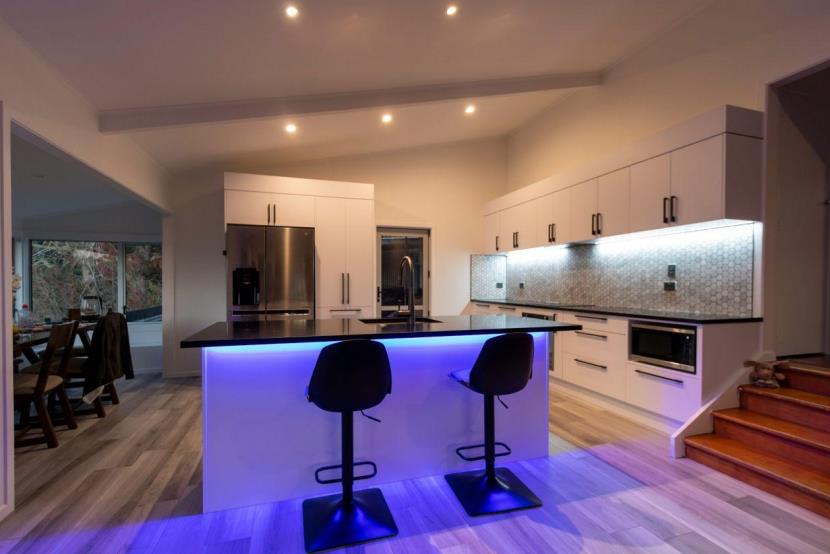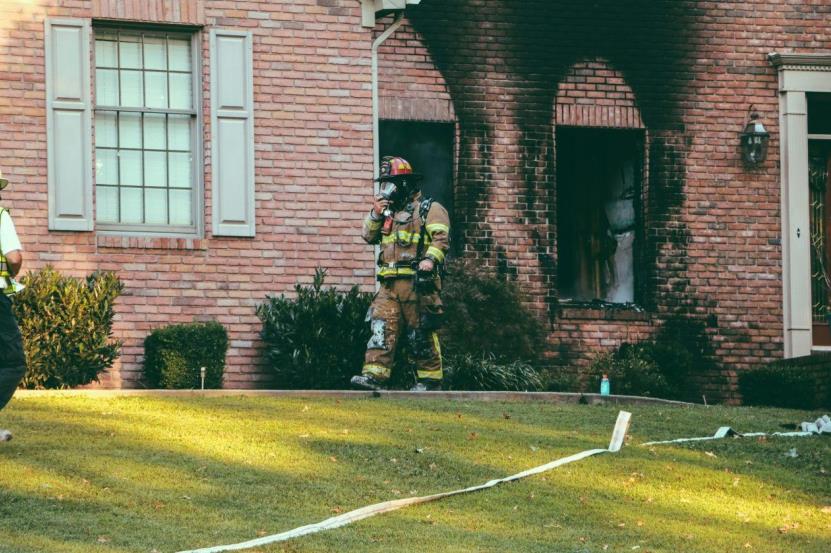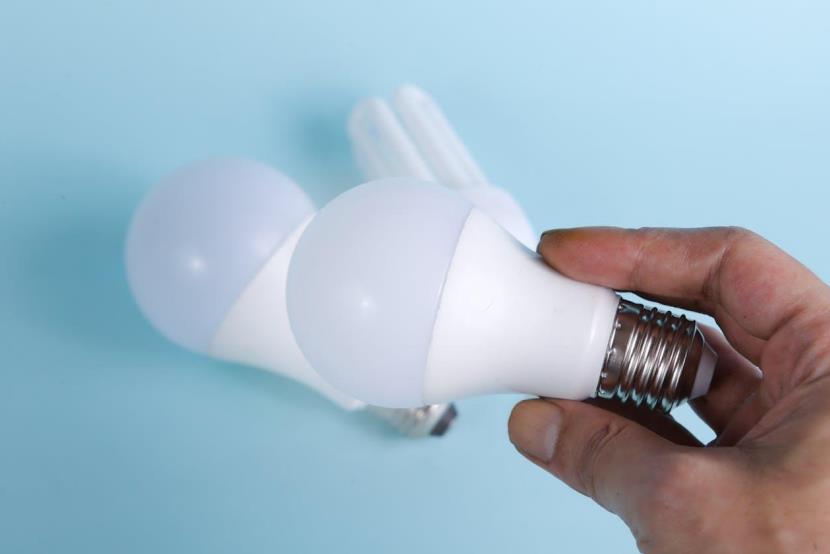Sansi LED: Sustainable LED Lighting and Integrated LED Display
Delivering premium and professional LED Display, LED Lighting, Smart City Integration solutions, trusted by over 60,000 companies worldwide everyday. From industrial lighting to commercial lighting, from outdoor advertising to XR & VR production, Sansi LED greatly improves the quality and sustainability of your business with 30 years of expert experiences.

LED lighting is popular for homeowners looking to save energy and reduce maintenance costs. But not every LED upgrade is problem-free. There are unexpected LED lighting risks that can affect your comfort, health, and even home safety. Flickering, exposure to blue light, and poor installation can lead to headaches, sleep disturbances, or fire hazards. Fortunately, knowing what to watch for can help you make smarter choices. By selecting high-quality products and ensuring proper installation, you can enjoy the benefits of LED lighting without the hidden drawbacks.
Blue Light Exposure and Sleep Disruptions
LEDs emit more blue light than traditional bulbs, which can interfere with your body's natural sleep cycle. Blue light suppresses melatonin, the hormone that helps you fall asleep. Exposure to bright white LEDs at night can make it harder to wind down, leading to restless nights and groggy mornings. That is especially a problem in bedrooms, living rooms, and anywhere you spend time before bed.
However, the impact can be reduced by using warm-white LEDs with lower blue light levels. Smart bulbs that adjust color temperature throughout the day can also help. Dimming your lights in the evening and avoiding bright screens before bedtime further supports better sleep.
Flickering Lights: More Than an Annoyance
A flickering LED may seem minor, but can cause headaches, eye strain, and even trouble concentrating. Some flickering is visible, while other times, it happens so fast that you may not notice it—but your brain does. This problem usually comes from incompatible dimmer switches, poor-quality drivers, or unstable voltage. In some cases, flickering happens because LEDs require less power than traditional bulbs, causing older wiring to struggle with regulation.
At the same time, if you're preparing to move into a new home, it's important to conduct an inspection first to spot any issues your new home might hide. Hiring a professional home inspector can help identify flickering lights or other lighting irregularities, which might signal deeper wiring problems or electrical hazards. To proactively avoid these issues, choose LEDs equipped with high-quality drivers and verify your dimmer switches are explicitly compatible with LED bulbs.
If flickering continues despite these measures, updating outdated wiring or using surge protectors can stabilize voltage levels, preventing further disruptions and ensuring your home's lighting remains comfortable and safe.
Electrical Interference with Wi-Fi and Devices
Some LED bulbs can disrupt Wi-Fi signals, causing slow internet speeds or dropped connections. That happens because certain LEDs produce electromagnetic interference (EMI), which can affect nearby routers, radios, and even medical devices. The issue is more common with low-quality bulbs that lack proper shielding or use poorly designed power supplies.
If you notice Wi-Fi issues after installing new LEDs, try switching to bulbs that meet electromagnetic compatibility (EMC) standards. Keeping LEDs away from routers and using shielded wiring can also help. For a more reliable fix, high-quality LED brands often include built-in EMI filters to prevent signal disruptions.

Shorter Lifespan Due to Poor Heat Management
LEDs are known for lasting longer than traditional bulbs, but they can burn out much faster if they overheat. While they produce less heat than incandescent bulbs, they still need proper ventilation. Installing LEDs in enclosed fixtures without airflow or using low-quality bulbs with poor heat dissipation can cause early failure.
To get the most out of your LEDs, look for bulbs with aluminum heat sinks, which help draw heat away from sensitive components. Even better would be to choose LEDs that incorporate Chip-on-Ceramic (COC) technology, which has superior thermal conductivity compared to metals like aluminum. Choose LEDs specifically designed for those conditions if you're using recessed or enclosed lighting. Proper installation and high-quality materials can keep your lights shining for years.
Fire Hazards from Poor Installation
Many homeowners assume LEDs don’t generate heat, but that’s untrue. While they run cooler than incandescent bulbs, LEDs still produce heat that needs to dissipate properly. Poor installation, like bulbs in enclosed fixtures without ventilation, can trap heat and lead to overheating. In extreme cases, this can damage wiring or even cause a fire. That is one of the unexpected LED lighting risks that often go unnoticed until it becomes a serious problem. Always use LEDs for enclosed fixtures to stay safe and avoid overcrowding recessed lighting.

Toxic Materials in Cheap LEDs
Some low-cost LEDs contain hazardous materials like lead, arsenic, or mercury, which can pose health risks if the bulbs break or are improperly disposed of. These toxic substances can leach into the environment, affecting your home and local ecosystems. Cheaper LEDs may cut costs by using these harmful materials, but the long-term impact on health and the environment isn’t worth the savings.
To protect yourself and the planet, always choose LEDs from trusted manufacturers that follow safety and environmental standards. Look for certifications such as RoHS (Restriction of Hazardous Substances) to ensure your bulbs are dangerous chemicals-free. Proper disposal of old bulbs, including recycling, also helps prevent harmful materials from ending up in landfills.
Inconsistent Light Quality and Color Shifts
Not all LEDs maintain their brightness and color over time. Low-quality bulbs may start with a crisp, bright glow but gradually dim or shift to an unnatural hue. That happens when manufacturers use subpar phosphor coatings or low-grade LED chips that degrade faster than expected. Poor heat management can also speed up this process, leading to uneven lighting in your home.
To avoid this, choose LEDs from reputable brands that use high-quality materials. Look for bulbs with a high color rendering index (CRI) rating, which ensures more natural and consistent lighting. If you notice color shifts or dimming, replacing worn-out bulbs with better-quality options can restore balanced lighting.
Incompatibility with Existing Fixtures
When switching to LED bulbs, you might encounter flickering, dimming problems, or even total failure if your existing fixtures or dimmer switches aren’t compatible. Older fixtures or transformers designed for incandescent bulbs may not work properly with LED technology, causing performance issues or reducing the lifespan of your new bulbs.
To avoid this, always check the compatibility of your LED bulbs with your fixtures and dimmers before installation. Upgrading to LED-compatible dimmers or using new fixtures specifically designed for LEDs can prevent these problems. With the right setup, you’ll enjoy the energy efficiency of LEDs without any hassle.

Understanding Unexpected LED Lighting Risks
LED lighting offers impressive energy savings and long-lasting performance, but it’s important to be aware of the unexpected LED lighting risks that can affect your home. Knowing these potential issues, from flickering lights to health concerns and even fire hazards, helps you make smarter choices when upgrading your lighting. By selecting high-quality LEDs, ensuring proper installation, and keeping up with regular maintenance, you can enjoy the benefits of LEDs while avoiding these hidden drawbacks. With the right knowledge and precautions, your home can stay bright, safe, and efficient for years.
-
NO DATA
